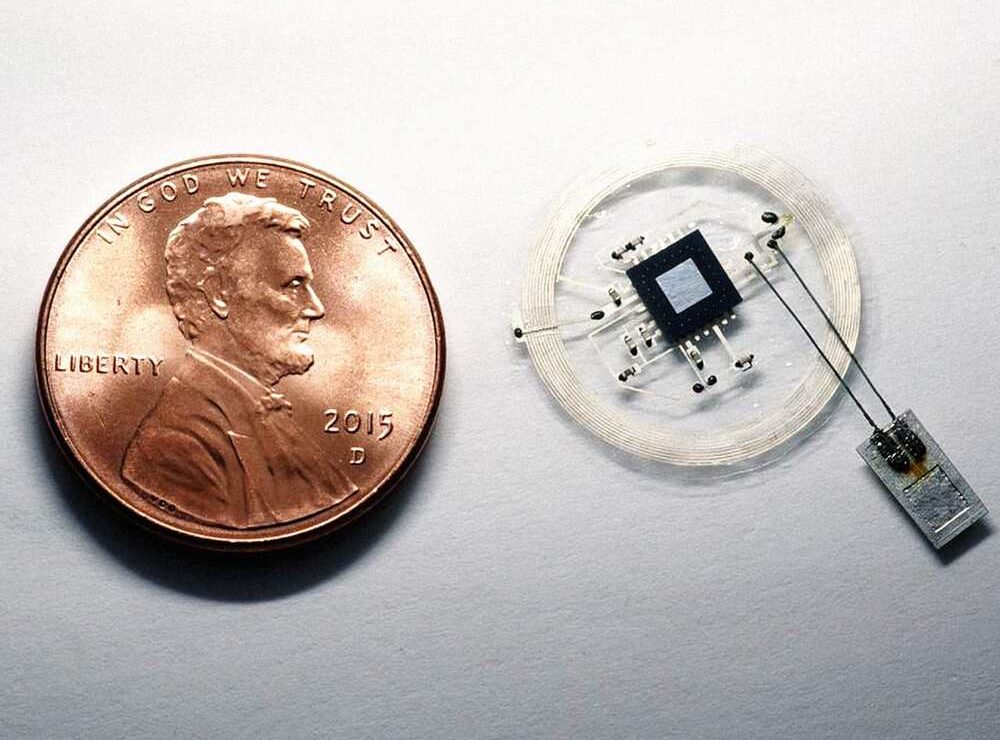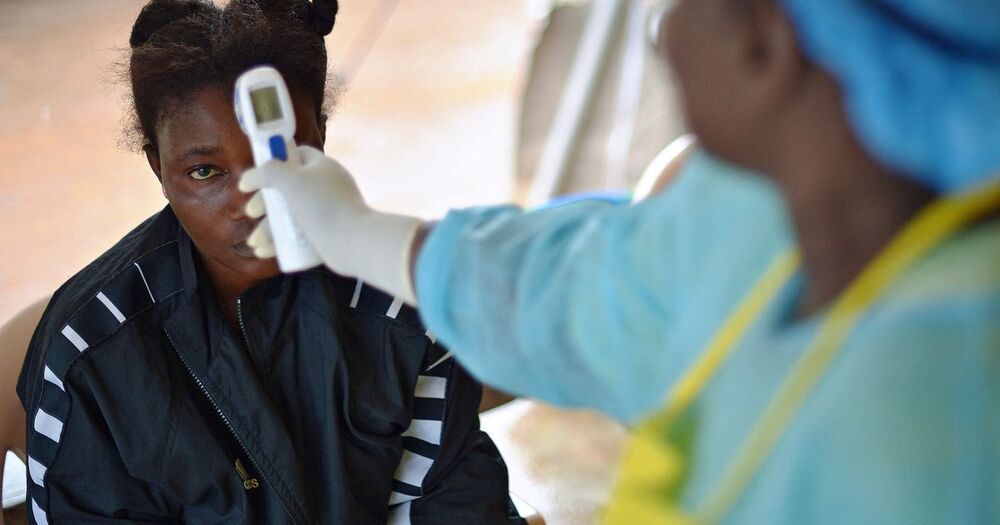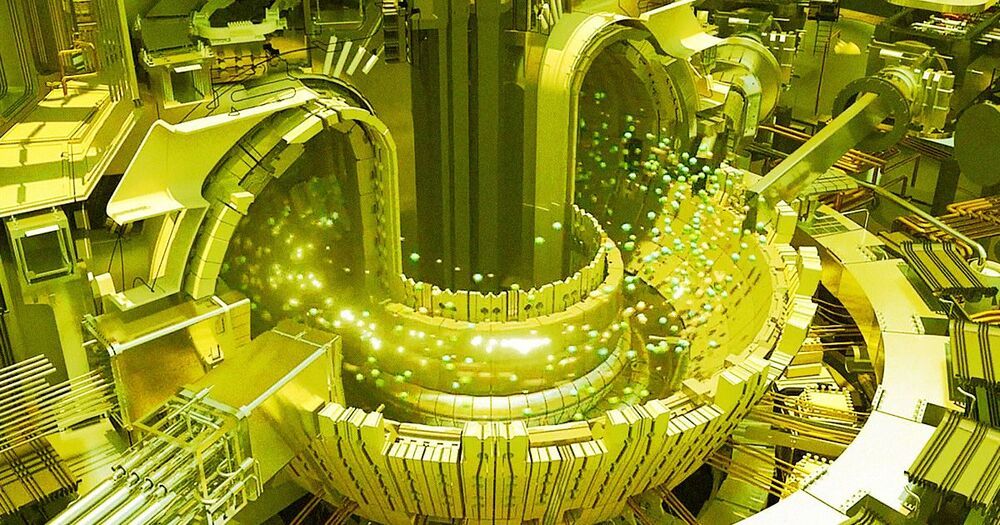A ghostly particle that smashed into Antarctica in 2019 has been traced back to a black hole tearing apart a star while acting like a giant cosmic particle accelerator, a new study finds.
Archer Aviation, the electric aircraft startup that recently announced a deal to go public via a merger with a blank-check company, plans to launch a network of its urban air taxis in Los Angeles by 2024.
The announcement comes two months after the formation of the Urban Air Mobility Partnership, a one-year initiative between Los Angeles Mayor Eric Garcetti’s office, the Los Angeles Department of Transportation and Urban Movement Labs to develop a plan for how to integrate urban aircraft into existing transportation networks and land use policies. Urban Movement Labs, launched in November 2019, is a public-private partnership involving local government and companies to develop, test and deploy transportation technologies. Urban Movement Labs and the city of Los Angeles are working on the design and access of “vertiports,” where people can go to fly on an “urban air mobility” aircraft. Urban air mobility, or UAM, is industry-speak for a highly automated aircraft that can operate and transport passengers or cargo at lower altitudes within urban and suburban areas.
Archer Aviation’s announcement comes two weeks since it landed United Airlines as a customer and an investor in its bid to become a publicly traded company via a merger with a special purpose acquisition company. Archer Aviation reached an agreement in early February to merge with special purpose acquisition company Atlas Crest Investment Corp., an increasingly common financial path that allows the startup to eschew the once traditional IPO process. The combined company, which will be listed on the New York Stock Exchange with ticker symbol “ACHR,” will have an equity valuation of $3.8 billion.
Circa 2016
In the future, the doctor will follow you home with little measuring devices implanted in your body.
Russia said Saturday that its scientists had detected the world’s first case of transmission of the H5N8 strain of avian flu from birds to humans and had alerted the World Health Organization.
Authorities in race to contain outbreak amid mistrust within communities over virus resurgence, response efforts.
We hope that providing gentle neuromodulation throughout each day will be able to prevent patients from falling into long-lasting depressive episodes.
British engineers are preparing to test the fuel mix that could one day power the largest nuclear fusion experiment in the world, as Nature reports.
Band names often come about in weird and wonderful ways. Black Sabbath’s Geezer Butler named the band after a Boris Karloff horror flick, while Led Zeppelin took inspiration from a prediction about how the group might fare (Keith Moon apparently said they’d go down “like a lead balloon”). And then there’s Nickelback, excitingly named after a tradition in which singer Chad Kroeger – then a Starbucks employee – would give his customers a “nickel back” in change.
Sometimes finding the inspiration that will define your band isn’t always such a natural process. Step in This Band Isn’t Real, a Twitter account that generates fake band names and fake album titles via artificial intelligence. It even generates the appropriate artwork.
A phase 1 clinical trial testing a novel vaccine approach to prevent HIV has produced promising results, IAVI and Scripps Research announced today. The vaccine showed success in stimulating production of rare immune cells needed to start the process of generating antibodies against the fast-mutating virus; the targeted response was detected in 97 percent of participants who received the vaccine.









